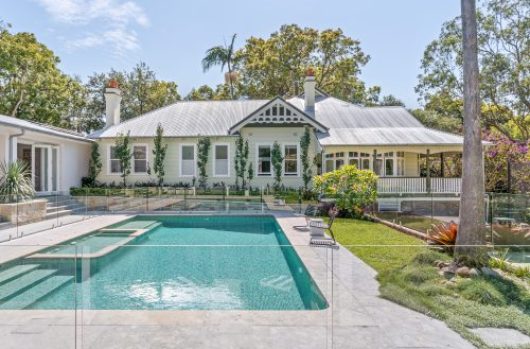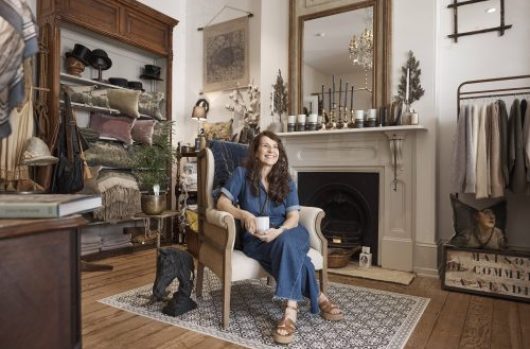Round 1: Residential
At curb level Melbourne residential shows innovation and intelligence with projects like Breathe Architecture’s The Commons in Brunswick. It also demonstrates risk taking in the approval of large-scale buildings such as the The William Barak Apartments by A.R.M. and Grocon with the stunning graphic façade. By contrast a similar design to the Barak one was prepared for Sydney by A.R.M with a Max Dupain image on the outside, and the building design was rejected.

Exciting up and coming Sydney residential projects still largely appeal to high end of the market. Cornerstone Property group’s reinterpretation of Griffith’s Tea warehouse building in Surry Hills is eagerly anticipated, Crown Property Group’s Zen inspired development at Rhodes is fresh news on the market, not to mention Central Park by Jean Nouvel which also shows innovation and intelligent design.

Space, glamour and connection with the great outdoors are still the mainstays in Sydney. Urbanist Linda Gregoriou insists that all the really good boundary pushing in Sydney and Melbourne is being done by commercial developers.
Alice Blackwood Melbourne Indesign Editor believes the exciting crop of residential projects test out alternative ways of living.
“I’ve seen architects pushing the boundaries with the increasingly bespoke nature of multi-res fit-outs. They’re offering finishes, fittings and general interior schemes that are a careful curation of quality and taste. A good example here is the Emerald Melbourne designed by Buchan Group with interiors by Hecker Guthrie.
“From a liveability perspective, increasingly luxurious communal living quarters – shared courtyards, roof decks, barbecue areas, entertainment lounges, gyms and the like – are becoming a big attraction: Little Projects’ ILK South Yarra designed by Cox Architecture and featuring decor by Mim Design is a good example of this,” Blackwood says.
“In Sydney the councils are extremely strict about what can be built where,” says Penny Craswell. “While this can be good in terms of preserving historic buildings, it also means that Sydney’s architects are often restricted as to what they can do. Where this is not an issue I think residential design in Sydney is a lot more about relating to the outdoors – to the view or the garden – than Melbourne,” notes The Design Writer Penny Craswell.
Crasswell’s comments hint at the over policing by councils. Linda Gregoriou Urbanist and Property Developer whole-heartedly agrees these law have inhibited Sydney.
“Sydney is way too over-controlled. From a planning application perspective, from a statutory planning perspective it is just way to over regulated. I mean these were the kind of development limitations progressive cities had in place 40 years ago. I think Sydney is lagging behind because of this,” Gregoriou says.
Urban Designer Bob Barton agrees Sydney needs to lighten up. An entrepreneur who innovated the open air cinema at Melbourne’s Toff in Town and the man who created Our Golden Age at Paramount House in Surry Hills thinks Sydney is strong across the board with design but see how the many can be held back by the privileged few.
“I wouldn’t say Sydney is attached to uniformity, but it does routinely compromise. Some great have been knocked back due to affluent, influential residents who want all the amenity but none of the noise of city life. Melbourne on the other hand has a better attitude to residential living in the city – if you choose to live on Flinders Lane, there is noise on Flinders lane, if you don’t want the sound of happy humans, live where there are less humans. Simple as that,” Barton says.
By contrast Nick Harding notes: “Young people have a sense of ownership of Melbourne. The older population respect the cultural value the youth bring to the city. The city supports creative expression and this translates to an urban scale.
“The most progressive suburbs in Melbourne are City of Melbourne, City of Yarra and City of Moreland. They support progressive sustainable urban and architecture design,” Harding says.
Jump to:






